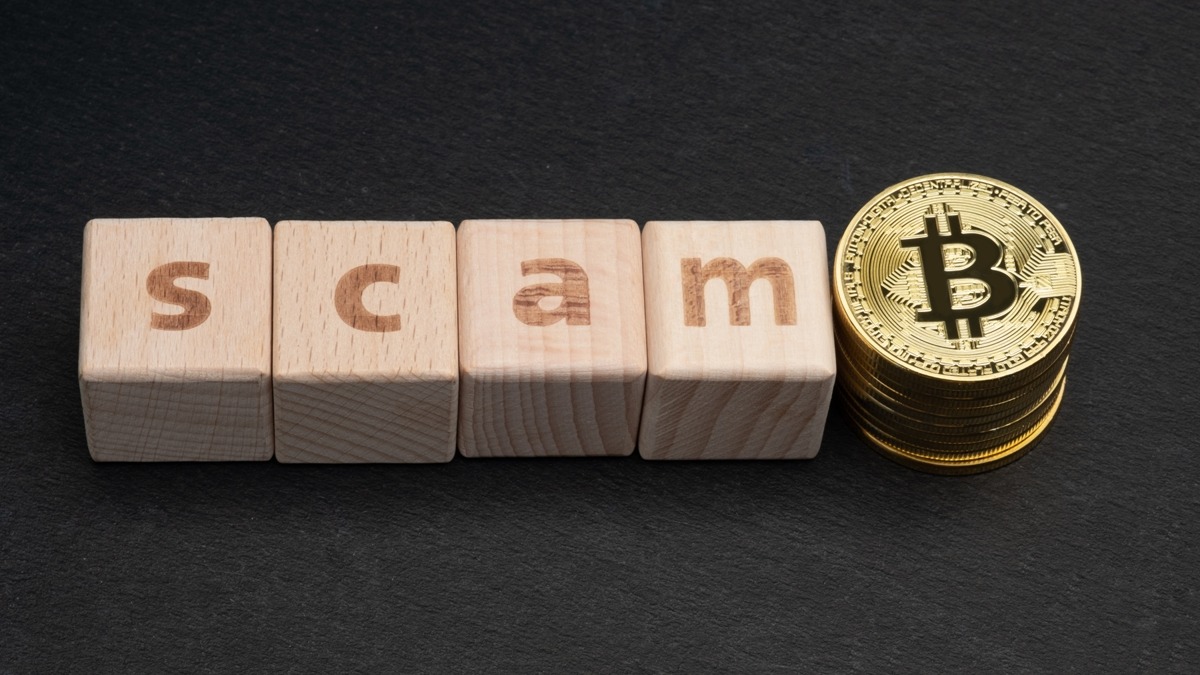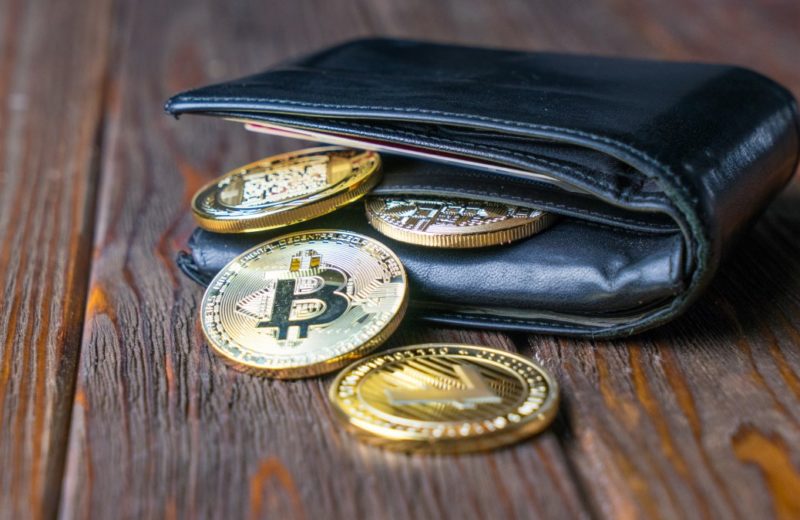The rise of cryptocurrencies has revolutionised the way we conceive and conduct digital transactions. By dispensing with tangible money and utilising digital entries, cryptocurrencies offer an innovative platform for financial exchanges.
One of the most significant advantages of using cryptocurrency is the speed and security of transactions, which bypass the need for intermediary financial institutions.
However, as the popularity of these digital currencies increases, so does the attention of cybercriminals, making the security of crypto platforms and transactions a paramount concern.
The Growing Security Concerns in the Crypto Space
As cryptocurrencies gain traction globally, they become prime targets for sophisticated cyber-attacks. While efficient, the digital nature of transactions exposes users to specific vulnerabilities if not properly secured. Cybercriminals are continually developing new methods to exploit any security weaknesses within crypto platforms. This escalating threat landscape has necessitated an urgent emphasis on advancing cybersecurity measures to safeguard the platforms and their users.
Understanding Crypto Security and Its Techniques
Crypto security is an essential aspect of managing and securing digital transactions. It involves implementing robust measures to protect transactions from fraud and enhance the overall security of digital currencies. Effective crypto security strategies include:
- Authentication Measures: This involves using usernames and verification codes to confirm the identity of users engaging in transactions, adding a layer of security.
- Blockchain Technology: At the core of most cryptocurrencies is blockchain technology, a distributed ledger that records all transactions across a network of computers. This technology ensures transparency and enhances security by making altering any recorded information without consensus nearly impossible.
- Cryptography: Cryptography secures communications and information, ensuring limited access to authorised users. This technique is pivotal in maintaining the confidentiality and integrity of data transmitted during transactions.
The Role of Blockchain and Cryptography in Securing Crypto Assets

Blockchain and cryptography are the bedrock of cryptocurrency security:
Blockchain’s Distributed Ledger:
A distributed ledger means the information is not stored in a single location but replicated across multiple network points. This redundancy ensures that even if one point is compromised, the overall integrity of the blockchain remains intact. Additionally, the consensus methods used in blockchains, such as the proof-of-work or proof-of-stake, contribute significantly to preventing fraudulent activities.
Cryptography’s Contribution:
Cryptography provides a secure environment for data exchange, ensuring that only authorised parties can view the information. This is crucial for maintaining transaction privacy and preventing unauthorised access to digital assets.
The Importance of Crypto Security: Ensuring Safety and Confidence
Crypto security is vital for several reasons:
- Prevention of Asset Theft: Given that cryptocurrency transactions are irreversible, robust security measures are essential to prevent the theft of digital assets.
- Maintaining Anonymity: While cryptocurrencies offer a degree of privacy, inadequate security can expose user identities, undermining the privacy benefits of using digital currency.
- Preservation of Wealth: As the crypto market grows, securing digital wealth becomes increasingly crucial. Effective security measures protect individual assets and the broader financial ecosystem from volatility induced by security breaches.
- Investor Confidence: Finally, strong security measures bolster investor confidence. Knowing that their investments are secure encourages more people to invest in cryptocurrencies, thereby supporting the growth and stability of the crypto ecosystem.
Understanding Common Cryptocurrency Security Issues
The world of cryptocurrency is fraught with security challenges that can be daunting for new and experienced users. While digital currencies have many benefits, the security risks are equally high. This article delves into the prevalent issues in the cryptocurrency world, explores the mechanics behind major security threats, and outlines the standards and measures necessary to protect investments.
Prevalence of Cryptocurrency Security Issues
The digital nature of cryptocurrency and its technical complexity make it a prime target for cybercriminals. Among the most common threats are fraudulent investment opportunities, illegitimate crypto platforms, and fake wallets. These issues often stem from the pseudo-anonymous and decentralised aspects of blockchain technology, which, while providing security and privacy, also offer a fertile ground for various scams and fraudulent activities.
Fraudulent Investment Opportunities and Illegitimate Platforms
The cryptocurrency sector has seen an exponential increase in fraudulent investment schemes, such as Ponzi schemes, where high returns are promised to investors through funds from newer investors. Eventually, these schemes collapse when there is an insufficient influx of new investors’ money, leading to significant financial losses for most participants.
Illegitimate crypto platforms and fake wallets similarly pose severe risks. These platforms mimic legitimate exchanges or wallet providers but aim to steal funds or personal information. Users are often lured with promises of low fees, free tokens, or high returns, only to find their assets irreversibly stolen.
Crypto Mining Security Risks

Crypto mining involves validating transactions on a cryptocurrency network by solving complex cryptographic challenges. While it’s a legitimate and critical process for most cryptocurrencies, it’s not without its security risks. Malware designed to hijack computer resources to mine cryptocurrency without consent is increasingly common. This slows down the affected systems and can lead to significant electricity costs and potential data theft.
The Most Common Cryptocurrency Security Issues
Phishing Attacks
Phishing is particularly prevalent in the crypto world. Attackers create sophisticated fake websites or send emails impersonating legitimate platforms. Unsuspecting users may enter sensitive information like private keys, which leads to immediate theft of funds. The consequences of phishing can be devastating, ranging from credential theft to the infection of systems with crypto-mining malware.
ICO Frauds and Pump-and-Dump Schemes
Initial Coin Offerings (ICOs) have been a revolutionary way of funding new cryptocurrencies but have also been misused. Fake ICOs collect funds under the guise of legitimate business ventures and then disappear without a trace. Similarly, pump-and-dump schemes involve inflating the price of a cryptocurrency through false information and then selling it off at a peak, leading to market manipulation and significant losses for other investors.
Social Media Giveaway Scams and Ransomware
Another significant issue is social media giveaway scams, where cybercriminals impersonate celebrities or well-known figures in the crypto space, promising high returns or giveaways that never materialise. Additionally, the rise in malware and ransomware attacks, where attackers demand cryptocurrency in exchange for decrypting infected systems, poses a severe threat to individual and organisational security.

Security in Digital Asset Management: Essential Tips and Practices
In the rapidly evolving digital landscape, the security of digital assets is paramount. As more people turn to cryptocurrencies and other digital currencies for investment and transactions, safeguarding these assets becomes critical.
1. Choose Trusted and Secure Exchanges
Selecting a reliable and secure exchange is the first step toward protecting your digital assets. Look for exchanges known for their robust security measures and positive track record. Key features include two-factor authentication (2FA), cold storage options, high-level encryption, and regular security audits. These features ensure the exchange can safeguard your assets from unauthorised access and cyber threats.
2. Enable Two-Factor Authentication (2FA)
Two-factor authentication adds a critical layer of security to your accounts. Linking your account to a mobile device or an authenticator app, 2FA requires a unique code for logging in or performing sensitive operations. This extra step significantly reduces the risk of unauthorised access, even if your primary password is compromised. Always ensure that 2FA is enabled for all accounts associated with your digital assets.
3. Use Strong and Unique Passwords
Creating strong, unique passwords is essential in securing your online presence. Your passwords should be complex, incorporating a mix of uppercase and lowercase letters, numbers, and symbols. Avoid using easily guessable passwords or repeating the same password across different sites. Employing a password manager can help you maintain a secure, encrypted database of your passwords, reducing the risk of theft or loss.
4. Be Cautious of Phishing Attempts
Phishing is a common tactic used by cybercriminals to gain access to personal information. Be vigilant about verifying the authenticity of websites and email correspondences. Official communications from reputable sources like One Trading will always come from verified domains like “onetrading.com.” Do not click on links or download attachments from unfamiliar or suspicious sources, as these may be attempts to compromise your security.
5. Regularly Update Software and Firmware
Keeping your software and firmware up to date is vital in protecting your digital assets from new vulnerabilities. Regular updates often contain patches for security loopholes that attackers could exploit. Please pay special attention to updates for digital wallets, especially hardware wallets, and scrutinise them for authenticity to avoid installing malicious software disguised as legitimate updates.
6. Practice Safe Online Behavior
Practising safe online behaviour extends beyond managing your digital assets. Avoid using public Wi-Fi networks for financial transactions and remain sceptical of unsolicited downloads or links. These behaviours can expose you to security risks, such as man-in-the-middle attacks or malware.
7. Regularly Monitor Your Accounts
Setting up notifications for logins, withdrawals, and changes in account security can help you stay aware of any unusual activity. Early detection of suspicious actions allows you to respond quickly, potentially preventing financial loss.
8. Diversify Your Holdings
Diversifying your holdings across multiple platforms can mitigate the risks associated with the failure of a single exchange or wallet provider. This strategy not only spreads your risk but also provides additional security for your assets.
















